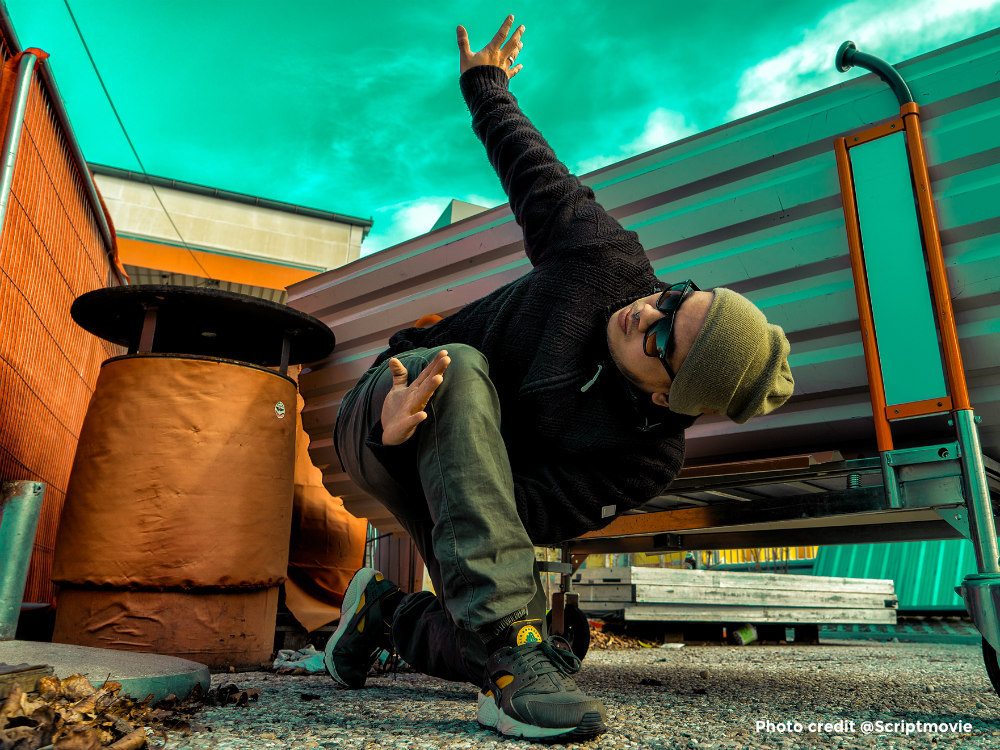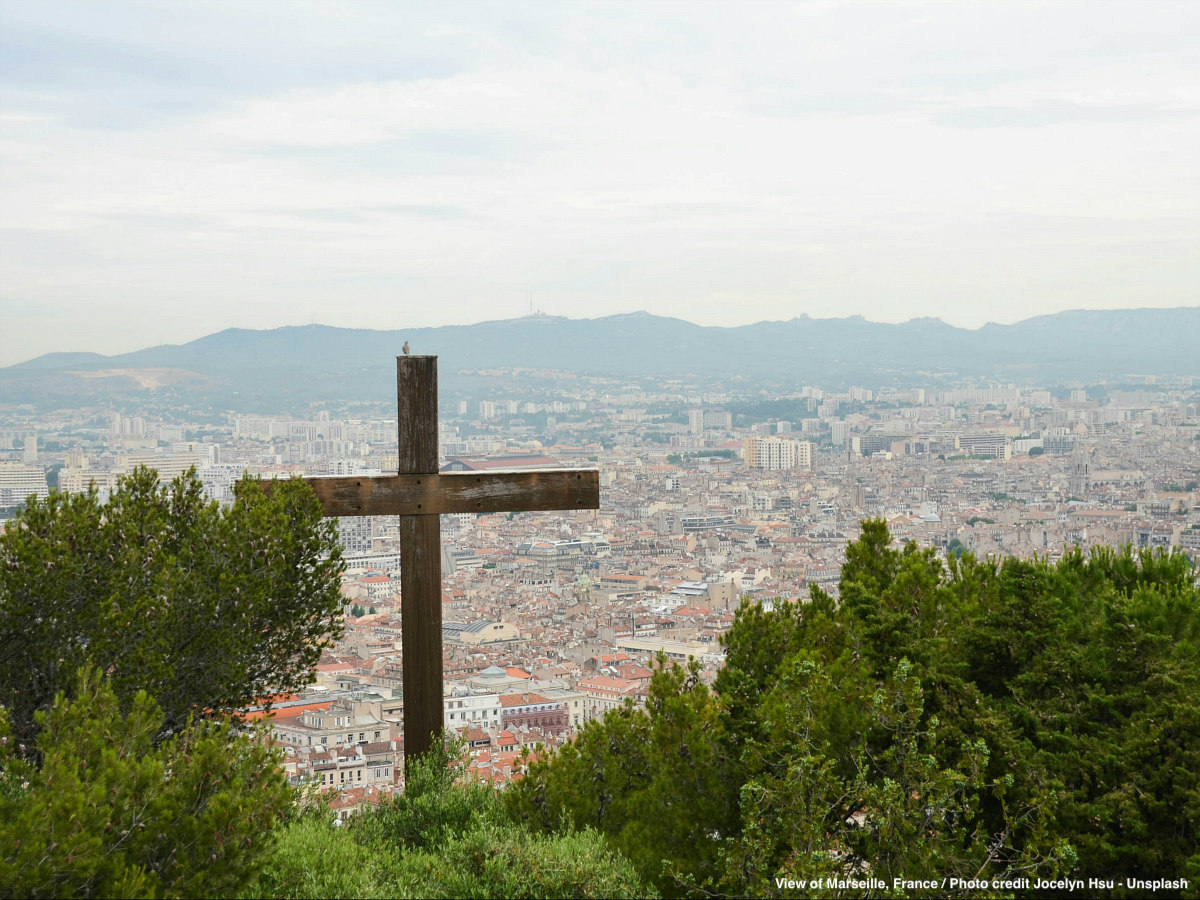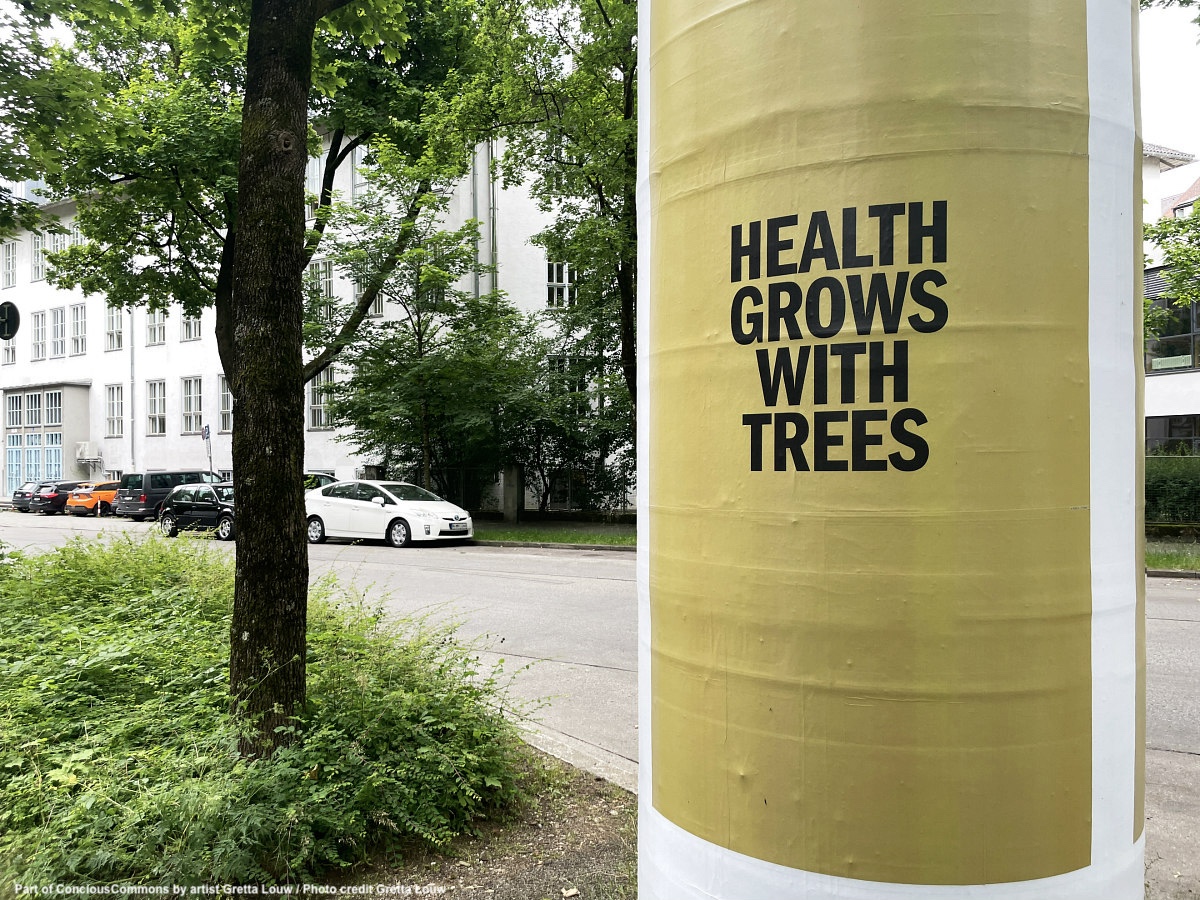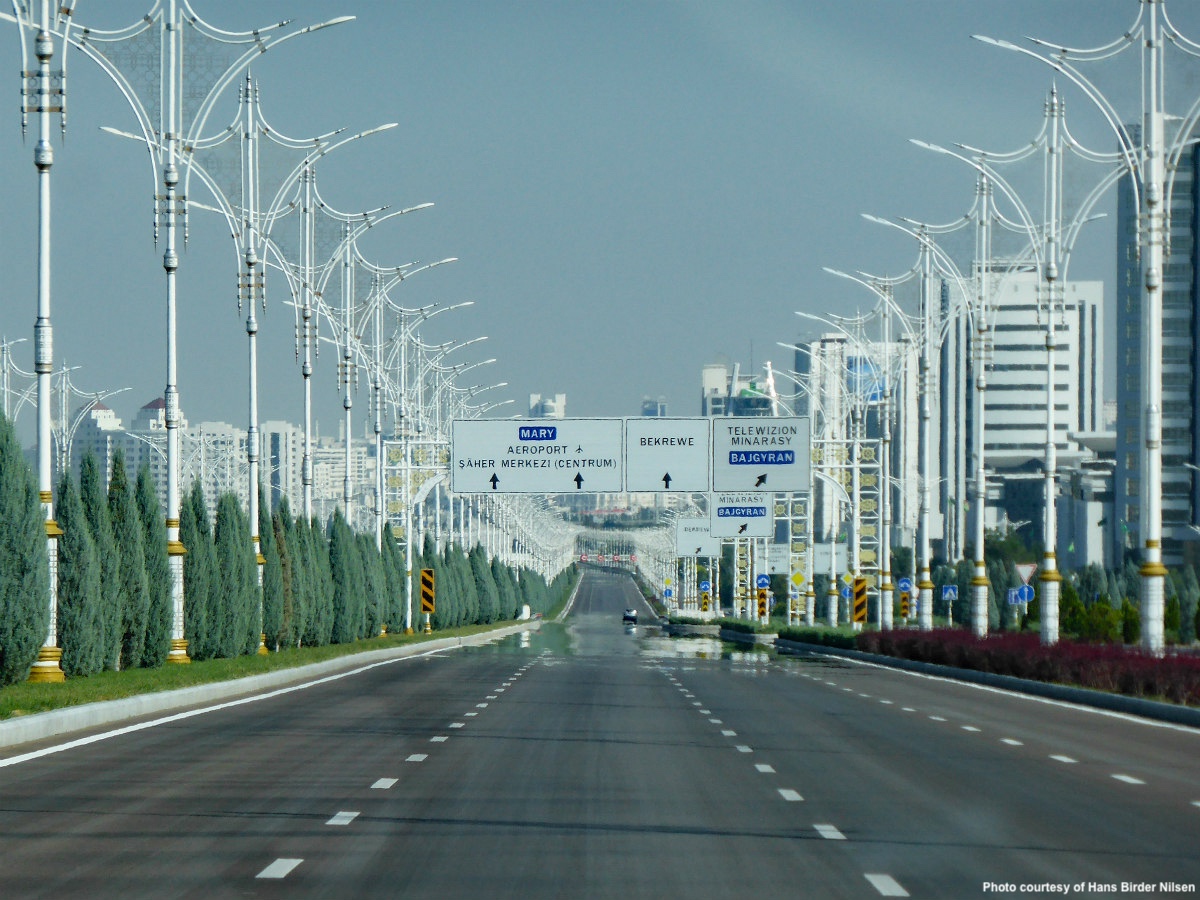Youngsters are often the most forgotten in cities because they are supposed to be independent and self-reliant when they reach a certain age. But do they find their place in the city? From its origins in the seventies African American and Latino youth breakdanced out of poverty and embodied one voice to foster the social inclusion of young people of any colour in New York City.
But cities still owe youngsters a place of self-expression to gather in and break down barriers of race and culture. Kids and aged-people get a lot of attention by urban planners and city advocates. However, what works for those people does not necessary address the complexity of younger generations growing up in multicultural cities. They face the polarisation of the types of chances life offers to them in different neighbourhoods.
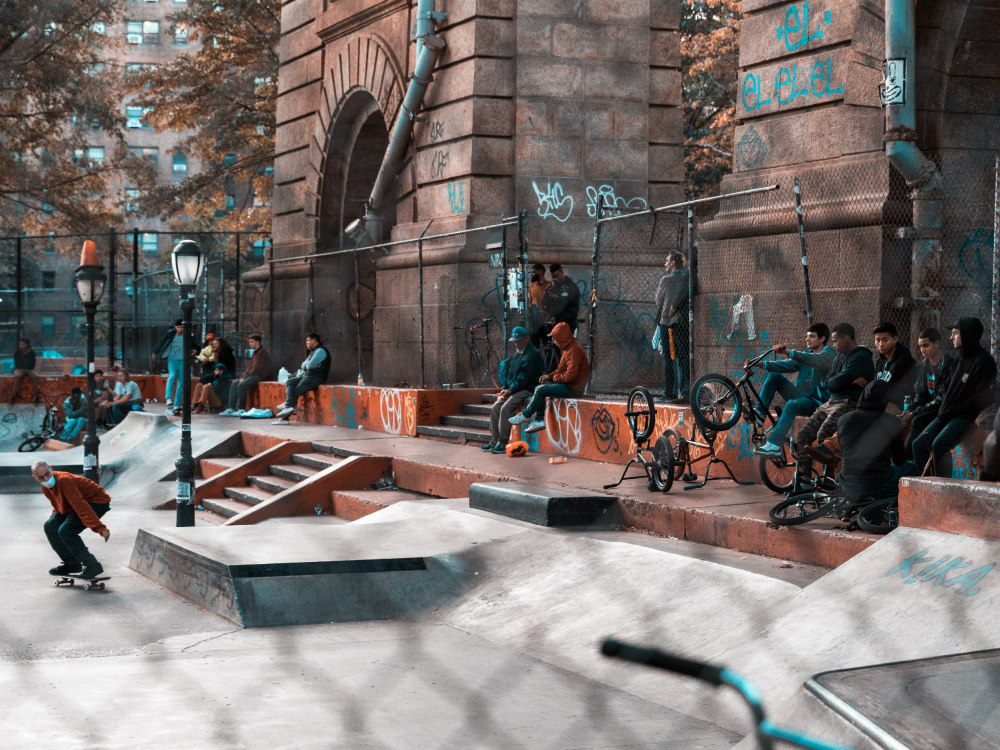
Aloun Phetnoi Ferzandis was born in Germany to Vietnamese parents looking for asylum in the seventies. He grew up in the Hasenbergl neighborhood like many migrant kids in Munich. By the time he was a teenager, he was already getting into trouble and on the edge of slipping into the drug swamp. Luckily boredom by wandering the streets ignited the need for a hobby. In hip hop he found a second home.
Rapidly he got the moves, the windmills, the headspins and took all of them to the streets. At the age of twenty Ferzandis found himself queuing at the city administration in charge of granting permits to perform at public space: solely five per day. Street performers have to pass an audition first. In Munich talent on the street is required.
Straightaway Ferzandis and his friends proved that talent to the extent that they got a privileged spot to breakdance at the main square called Marienplatz. When breaking emerged, onlookers formed a circle in the street, while breakers challenged each other through dance. Unfortunately the city authorities eventually stopped granting permits to dance in Marienplatz, and still they do until today.
Breakdance felt like an addiction. We got to know so many people. We felt we belonged to the city, claims Ferzandis.
From the money they saved at performing in Munich they traveled to cities in Europe and participated in hip hop jams on the streets. What started with street shows ultimately led Ferzandis to becoming a popular b-boy, although he has never been interested in popularity. Since 2007 he has managed his own studio Step2diz in Munich because he sees breakdance as a tool for social change at a young age beyond social inequalities to foster social inclusion in young people.
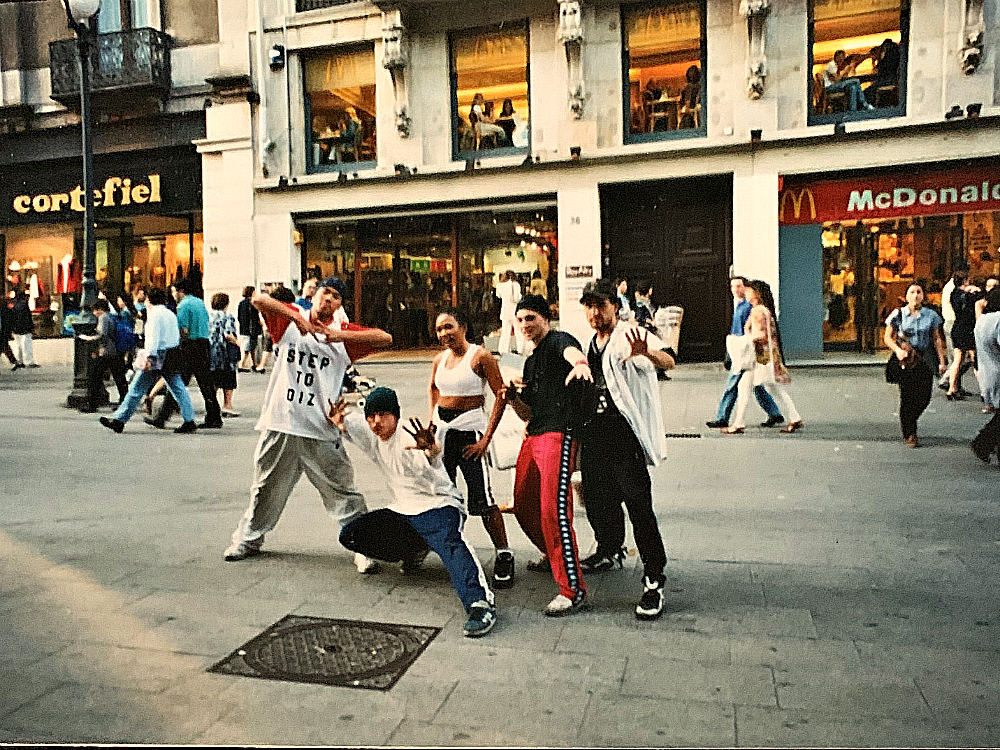
‘Hip hop culture has no limits. Although breakdance is often negatively perceived by adults, there is no conflict which breakdancing can’t solve. When the music hits, we are all one language, one voice. That’s the power. It unites people of all cultures, all backgrounds, because it is about the art form’, explains Ferzandis.
Dancing to break down barriers
Breakdance like music or sport at public space does not aim at taking youngsters off the streets by generating employment opportunities as performers. It is rather a distraction to move from gang violence. It uses dance as a way of self-expression to communicate a collective identity which leads to the social inclusion of young people with all cultural backgrounds. It bridges the gap between the advantaged and disadvantaged.
Consequently, breakdance needs to be celebrated on the streets to respond to the needs of youngsters. In addition, public spaces have a major impact on building self-esteem.
The initiative Showtime NYC has been the response of New York City to take forbidden subway breakdancing above ground instead of penalizing it all together. The initiative provides performance opportunities to street and subway dancers as a legal alternative to dancing in subway cars.
Since breakdancing has been part of New York life for decades, citizens can still see top performers dancing in the streets and parks for free.
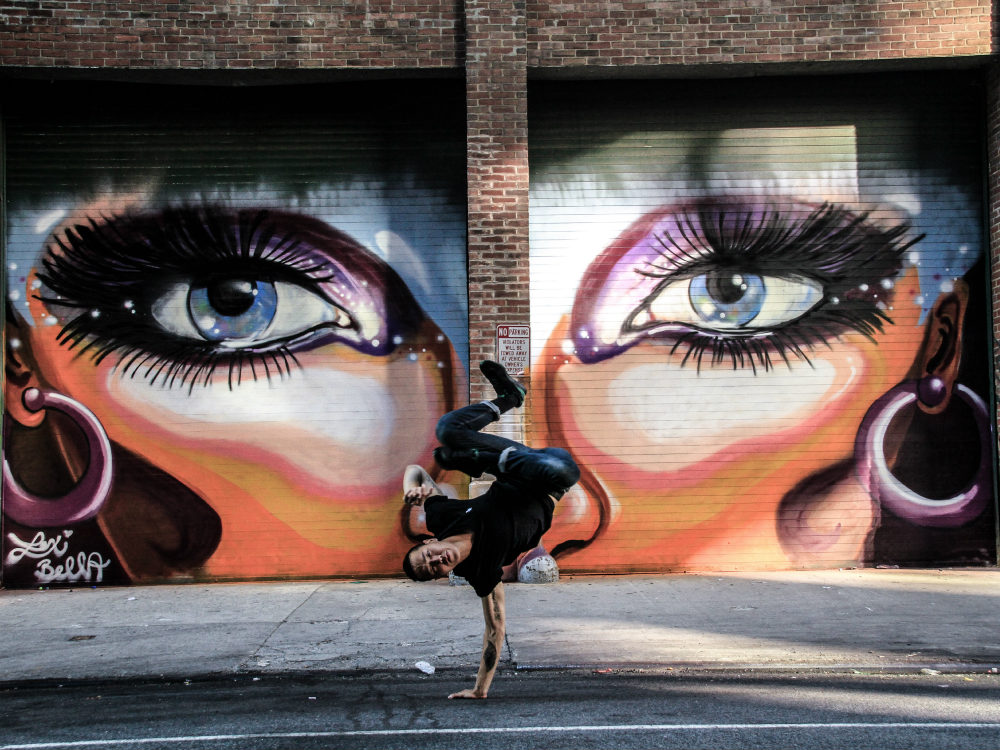
This great idea has been launched by the urban pioneer organization, Dancing in the streets, which produces innovative dance performances in unknown sites throughout the NYC metropolitan area. And in particular, since the organization moved to the South Bronx, public performances in that area have contributed to the borough’s cultural renaissance and given voice to the aspirations of Bronx communities.
Similarly, many other informal dance forms occurred in cities around the globe. In Barcelona a group of teenagers meet to rehearse choreographies in the courtyard of the CCCB Museum (Center de Cultura Contemporània de Barcelona) every afternoon for many years. I witnessed myself how these youngsters danced to the rhythm of hip hop music. They are the second generation of Filipinos who live in the Catalan capital.
At home they don’t have enough space and to rent is expensive. The CCCB offers its courtyard for free. The pavement is good and there is a big mirror perfectly suited to practice dance moves. This courtyard is just beautiful, from where you can see the city and the sea reflected in the stained glass window of the museum’s building.
In Kazakhstan breakers Adilet @bboyilluminate and Daulet @bboycreate heat the streets of Astana regularly. These sibling bothers were exposed to Western culture by watching music videos on MTV. They started off imitating boys on the streets and what they saw on TV without knowing it was breakdance.
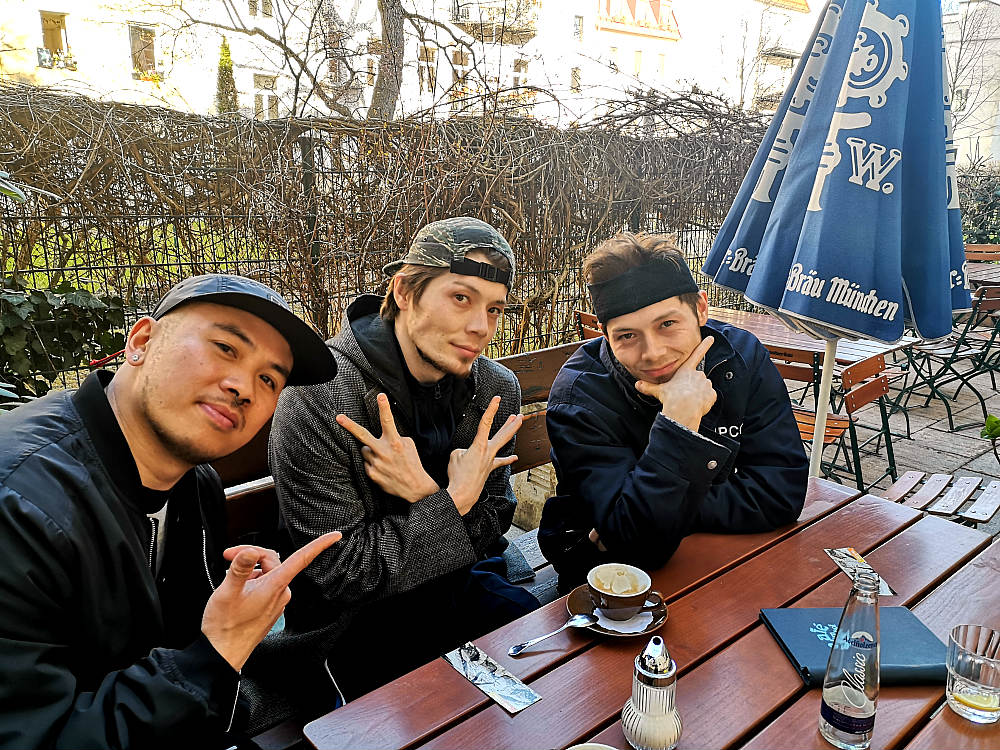
‘We fell in love with the art form because it was a way to express ourselves’ admit the two b-boys from Kazakhastan.
Dancing in the street: could performers build better cities?
Increasingly, cities play an important role in the lives of young people. By allocating them enough public space to articulate themselves, cities can have an impact on the lives of youth and their construction of identities.
According to a research conducted by Tonje Fjogstad Langnes of the Oslo Metropolitan University and Kari Fasting of the Norwegian School of Sport Sciences (NIH), among young breakdancers in Oslo, breakdance offers young people identification with and acceptance by, a global society that crosses racial, ethnic and geographical boundaries. Being “different” is viewed as a positive identity factor.
In that sense, cities profit from this art form of expression which potentially triggers creative change, inclusive community engagement and the promotion of greater civic participation. Breakdance could be nurturing future urban activists, who could ultimately engage with their local communities when they grow up.
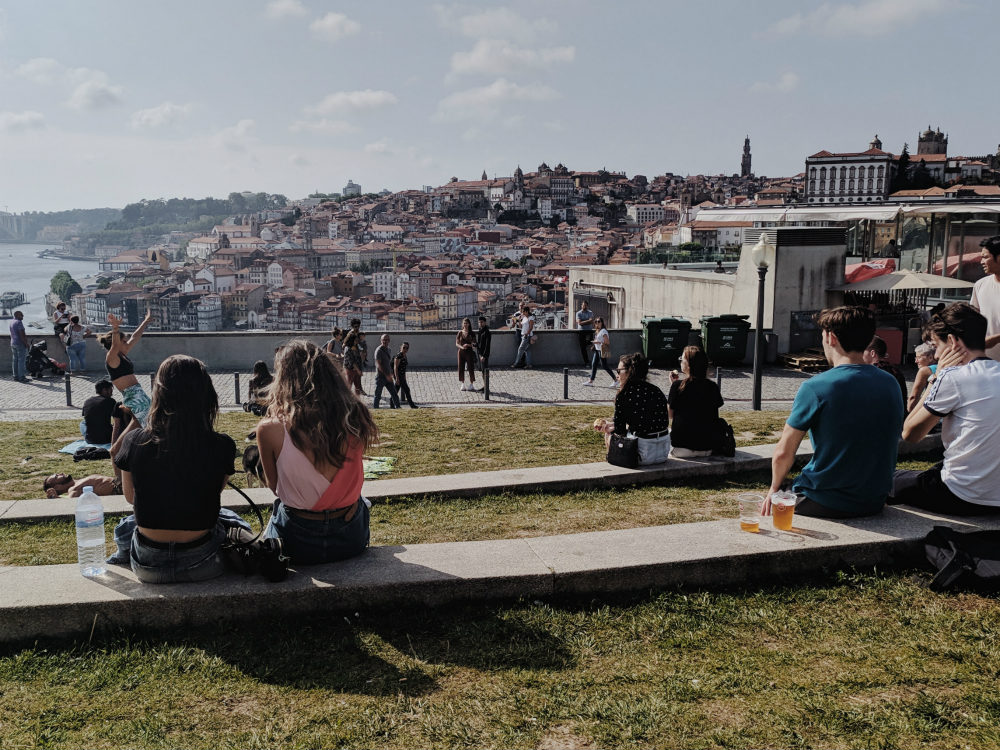
A good example of that is the local punk band ‘The Rebel Riot’ in Yangon, Myanmar. Expressing themselves through music was not enough. This band mobilizes a whole punk community to cook fresh food and distribute it to homeless people every week in Yangon, a movement called ‘Food Not Bombs’. They are part of a subculture that is particularly attractive to young people who look for a different life and a new role in society.
Back in Munich Ferzandis remembers how he used to join hip hop jams at youth centers. He laments that, in general, the hip hop scene has changed a lot in recent decades, in its district, in Munich and worldwide.
Savvy technology teenagers and youngsters spend many hours in virtual worlds but we can’t blame them, the city just doesn’t offer them enough alternatives at public spaces to express themselves outside the facade of social media.
During Covid-19 they are confined to home like the rest of us. They are inevitably keeping their social lives on screens. But when this period is over, city authorities have a great opportunity to address youngsters’ lust to go outside with options to keep them in our streets. Breakdance is the language of freedom, we are daring to be free and dance in public again.
